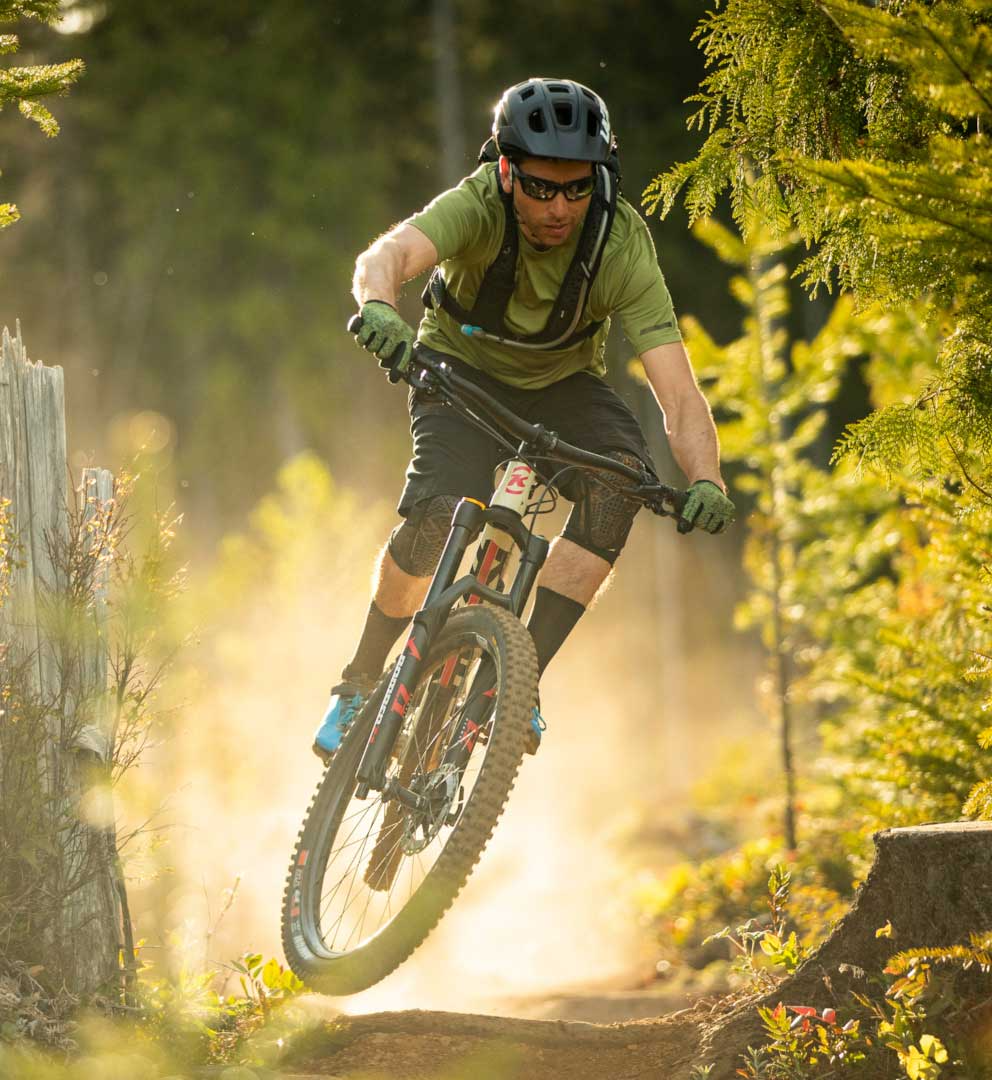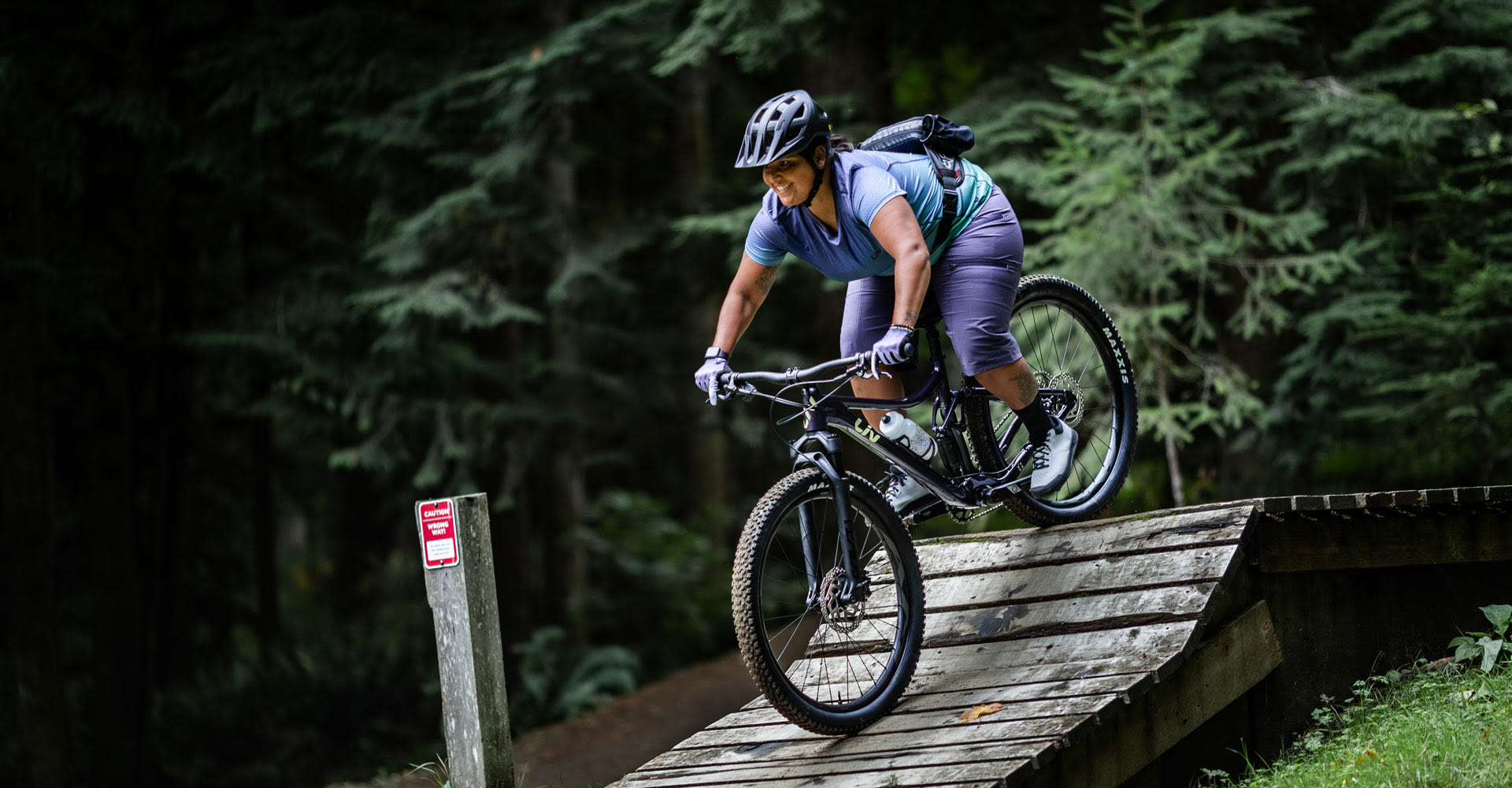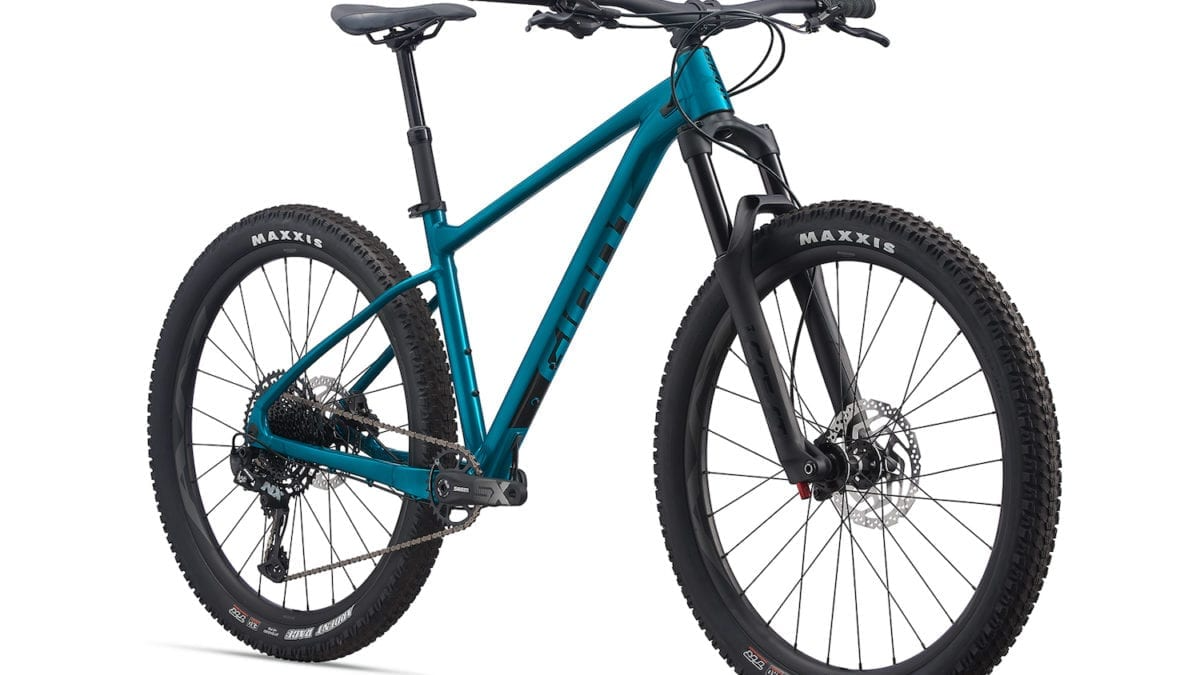Choosing the Right Bike
When choosing a mountain bike, consider the type of riding you plan to do. Cross-country bikes are lightweight and efficient for long rides and climbs. Trail bikes offer a balance of climbing ability and downhill performance. Enduro bikes are designed for aggressive riding and tackling technical descents. Downhill bikes are built for high-speed descents with full suspension and heavy-duty components.
Factors to consider when selecting a bike include the terrain you’ll be riding on, your riding style and skill level, and your budget. Test ride different bikes to get a feel for their handling and fit. Ensure the bike is the right size for your body proportions to maximize comfort and control.
Helmet and Protective Gear
A helmet is the most important piece of protective gear for mountain biking. Look for a helmet that meets safety standards and fits snugly on your head. Full-face helmets provide the most protection for downhill and aggressive riding, while half-shell helmets offer lighter weight and better ventilation for cross-country and trail riding. Helmets with MIPS (Multi-directional Impact Protection System) technology provide added protection against rotational forces.
In addition to a helmet, consider wearing gloves to protect your hands and improve grip on the handlebars. Knee pads and elbow pads can protect your joints from impact during falls or collisions.
Apparel for Comfort and Performance
Choose moisture-wicking clothing to keep you dry and comfortable during rides. Look for fabrics that offer breathability and quick-drying properties. Padded shorts provide cushioning and reduce friction between you and the saddle, enhancing comfort on long rides.
Long-sleeve jerseys offer sun protection and abrasion resistance, while also providing coverage in case of falls. Consider layering clothing for varying weather conditions, and always carry a lightweight, packable jacket in case of rain or wind.
Footwear and Pedals
Invest in sturdy mountain biking shoes with grippy soles for traction and support. Look for shoes with features like reinforced toe boxes and ankle protection for added durability and safety. Consider the type of pedals you prefer: flat pedals offer a wide platform for a secure grip with any shoe, while clipless pedals allow you to clip into the pedal for a more efficient pedal stroke.
When choosing clipless pedals, ensure they are compatible with your shoes and practice clipping in and out before hitting the trails to avoid accidents.
Tools and Maintenance Equipment
Carry a basic toolkit with you on rides for minor repairs and adjustments. A multi-tool with various wrench sizes, screwdrivers, and a chain tool can help you fix common issues on the trail. Tire levers and a patch kit are essential for repairing flat tires, while a portable bike pump ensures you can inflate tires to the correct pressure.
Regular bike maintenance is crucial for keeping your bike in top condition. Clean your bike regularly to remove dirt and grime that can cause wear and damage. Lubricate moving parts such as the chain, derailleurs, and cables to prevent rust and ensure smooth operation. Inspect your bike before and after rides for any signs of damage or wear that may require attention.
Hydration and Nutrition
Stay hydrated during rides by carrying a hydration pack or water bottles. Hydration packs offer convenience and usually have a larger capacity, while water bottles can be easily accessed from a bottle cage mounted on your bike. Drink regularly to prevent dehydration, especially on hot days or during strenuous rides.
Fuel your body with the right nutrition to sustain energy levels during long rides. Energy gels, bars, and snacks provide quick, easily digestible fuel for your muscles. Electrolyte drinks can help replenish electrolytes lost through sweat, especially on hot days.
Navigation and safety accessories are essential for ensuring a smooth and safe mountain biking experience. Here are some key items to consider:
GPS Bike Computer
A GPS bike computer provides valuable information such as route tracking, distance, speed, elevation, and even heart rate monitoring. It helps you stay on course, explore new trails, and track your performance. Choose a model with features that meet your needs, such as mapping capabilities and connectivity options.
Bike Lights
Bike lights are crucial for riding in low-light conditions, such as early mornings, late evenings, or night rides. Front lights illuminate the trail ahead, while rear lights make you visible to other trail users and road users. Opt for lights with sufficient brightness and battery life to ensure safety and visibility.
Reflective Gear
Reflective clothing and accessories increase your visibility to other cyclists, pedestrians, and drivers, especially in low-light or adverse weather conditions. Consider wearing reflective vests, ankle bands, or strips on your bike and gear to enhance visibility from all angles.
Bike Bell
A bike bell is a simple yet effective tool for alerting pedestrians and other trail users of your presence. Use it to signal your approach and prevent accidents, especially on shared-use trails or crowded paths.
First Aid Kit
Carry a compact first aid kit with essential supplies for treating minor injuries and accidents on the trail. Include items such as adhesive bandages, antiseptic wipes, gauze pads, adhesive tape, tweezers, and pain relievers. Familiarize yourself with basic first aid techniques to provide timely assistance when needed.
Personal Locator Beacon (PLB) or Satellite Messenger
In remote or wilderness areas where cell phone coverage may be unreliable, consider carrying a PLB or satellite messenger device for emergency communication. These devices allow you to send distress signals and communicate your location to emergency responders, providing an extra layer of safety during solo or off-grid rides.
Bike Lock
If you plan to make stops during your ride or leave your bike unattended, bring a reliable bike lock to secure your bike against theft. Choose a sturdy lock that is difficult to tamper with and compatible with your bike frame and components.
By investing in these navigation and safety accessories, you can enhance your riding experience and minimize risks on the trail. Remember to inspect and maintain your gear regularly to ensure optimal performance and reliability.
Conclusion
Investing in the right gear is essential for a safe and enjoyable mountain biking experience. Choose gear that suits your riding style, terrain, and budget to maximize your performance and comfort on the trails. Regular maintenance and proper care of your gear will ensure it lasts longer and performs at its best. Explore local bike shops and online resources for more information and recommendations on gear for mountain biking.







